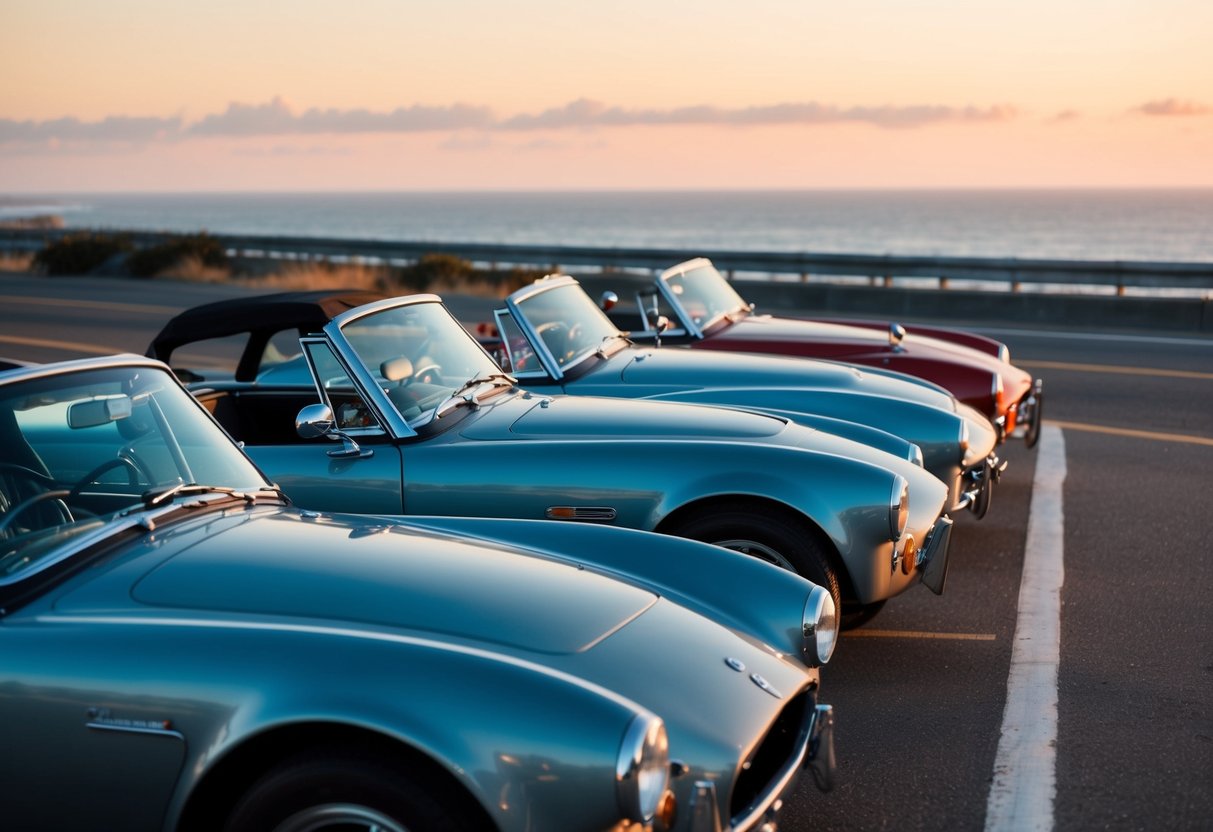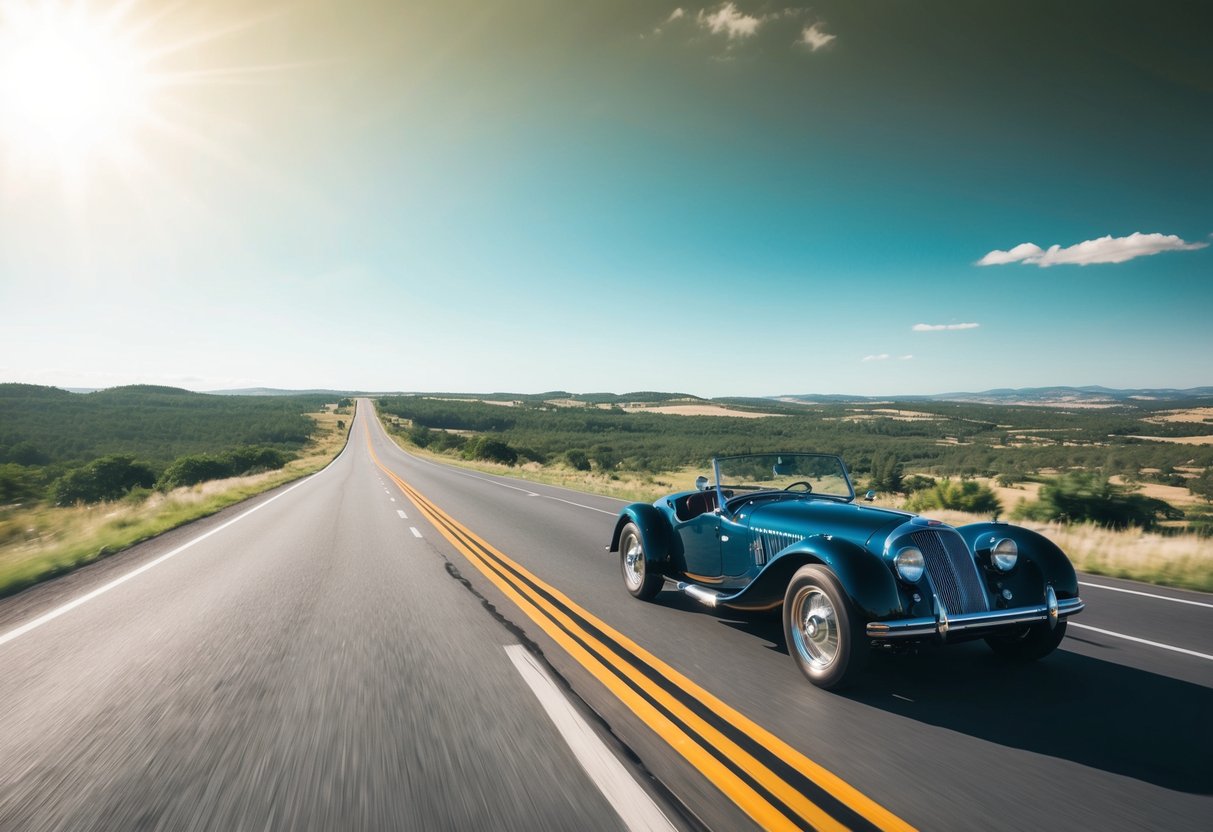
There’s something timeless about the classic American roadsters that continues to captivate enthusiasts and newcomers alike. These vehicles represent a unique chapter in the automotive world, embodying a blend of craftsmanship, performance, and style that few other types of cars can match. Their legacy is grounded in the sheer thrill of driving, a factor that remains a significant draw for car lovers who appreciate an invigorating driving experience.
Classic American roadsters offer more than just eye-catching design. Beneath the sleek exteriors lie engineering marvels that deliver raw power and agility on the road. These machines are a testament to an era when driving was as much about the journey as it was about the destination.
Individuals who seek the nostalgia of a bygone era will find these roadsters a perfect escape. They retain the essence of freedom and adventure, allowing drivers to connect with the roads in ways that today’s modern vehicles often lack. Their legacy continues to inspire not just admiration but an enduring passion for what driving can truly offer.
The Genesis of Roadsters
The allure of classic American roadsters finds its roots in the early days of automotive innovation. This section explores the legacy of the Ford Model T, the evolution of early roadsters, and the iconic 1932 Ford Roadster, known as the Deuce. Each played a pivotal role in shaping the roadster’s identity in automotive history.
The Ford Model T Legacy
The Ford Model T, launched in 1908, was a revolutionary vehicle that set the foundation for the American roadster. It was affordable, reliable, and easy to maintain, which made it accessible to a wide audience. Its simplistic design, lightweight build, and open tops were integral features that appealed to early car enthusiasts. The Model T’s versatility encouraged many owners to customize and modify their vehicles, seeding the culture of personal automobile expression.
Although not a roadster per se, the Model T influenced this segment significantly. It was the arch-type that allowed everyday people to experience the thrill of open-road driving. The success of the Model T laid the groundwork for future roadsters, showing manufacturers the potential market for these types of vehicles.
Early Roadsters and Their Evolution
Early roadsters were characterized by their sporty, two-seater configuration and open-air design. They were a departure from the more utilitarian vehicles of the time, aimed squarely at those who valued performance and style. By the 1920s, roadsters began to gain popularity, with numerous manufacturers offering their versions to eager consumers.
The utility of these vehicles was balanced by a sense of freedom they provided, often being used for leisure rather than daily chores. Roadsters saw a shift in design elements, focusing more on aesthetics and speed. This evolution highlighted a cultural shift towards more playful and adventurous automotive experiences, setting the stage for the innovations of the 1930s.
The 1932 Ford Roadster: The Deuce
The 1932 Ford Roadster, affectionately known as the Deuce, became legendary for its V8 engine, which was the first affordable V8 offered by Ford. This made it a powerhouse in the roadster segment, providing unmatched speed and acceleration. The Deuce soon became a favorite among car enthusiasts and hot rod builders for its performance and aesthetic potential.
Its iconic status was also shaped by its timeless design, which included a sleek, low-profile body and enhanced aerodynamics. The Deuce represented not just a technical achievement, but a cultural icon, embodying the rebellious spirit of the American roadster. Today, it remains a symbol of the golden age of automotive design and innovation.
Defining the American Roadster

An American roadster stands out for its stylish classic design and performance-focused features. These vehicles offer a unique open-top motoring experience and have solidified their place in automotive history, often being associated with adventure and freedom.
Key Design Features
Classic American roadsters are defined by their minimalist design and sporty aesthetics. With a focus on performance, these vehicles typically boast a lightweight frame to enhance speed and agility. The streamlined bodywork, low stance, and two-seat configuration are characteristic features. Roadsters often carry a powerful engine under the hood, emphasizing their capability for thrilling drives. Unlike sedans or coupes, roadsters prioritize driver engagement and direct road connection. Their aerodynamic profiles contribute both to the classic roadster look and to maximizing performance on the road.



